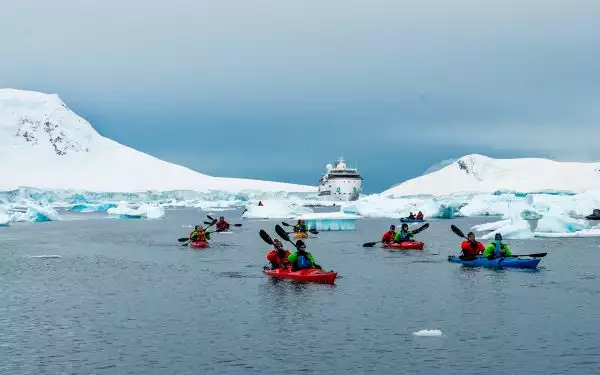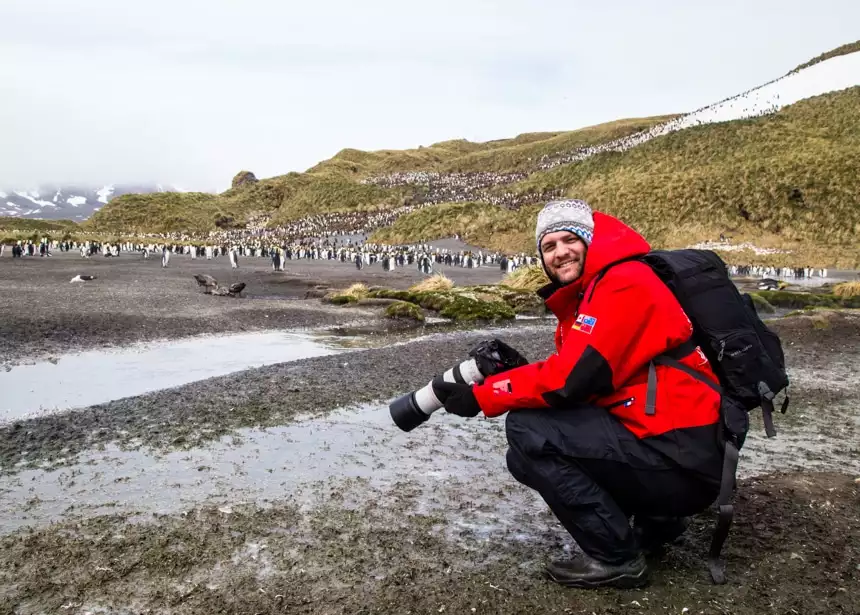
CONTACT AN ANTARCTICA EXPERT
Free consultation.
Start planning today.
Why AdventureSmith Explorations?
Antarctica Cruises with AdventureSmith
Cruising Antarctica with AdventureSmith is the ultimate way to explore up close and in style. Since 2003 thousands of travelers have trusted our small ship cruise and expedition cruise specialists to help them research, choose, book and plan the right Antarctica small ship cruise at the best price.
We are award-winning U.S.-based experts with decades of experience. You will benefit from our firsthand knowledge. Our professional crew will help you with everything you need for a seamless cruise package. Why book Antarctica with AdventureSmith Explorations?
Personalized
Work with one full-service Adventure Specialist to research, purchase, & prepare for your cruise.
Knowledge
We’re well traveled & savvy to the latest options, including all the new Antarctic itineraries and ships.
Experience
Kayaking, camping, skiing… Our staff has experience doing it all & can match your activity interests.
Value
Take advantage of early-booking deals, discounted flights & other cruise perks. We’re here to help you save.
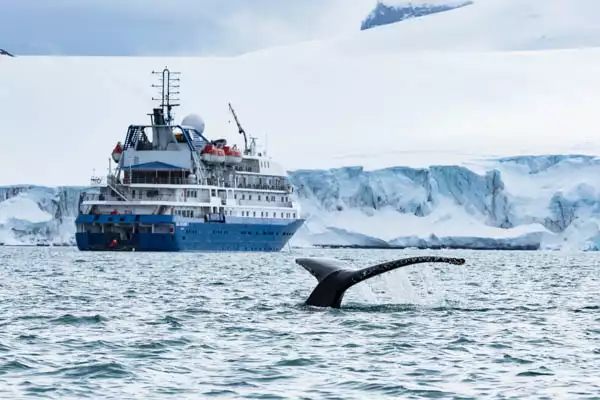
Antarctica Small Ship Cruises
Our Specialty
When choosing an Antarctica vessel, know this: small ships explore where the big ships cannot. Landings are limited to 100 guests on shore. Ships carrying more than 500 guests aren’t allowed to land at all. Smaller is better on Antarctic cruises. Learn how to choose the best cruise and find in depth articles with our detailed Antarctica cruising guide.
The ships we work with carry 72-200 guests ensuring active and intimate explorations. We specialize in this size range because we know from experience it’s the most active, informative and sustainable way to cruise Antarctica. Learn more about the unique ships on our Antarctica expeditions. We’ll find your perfect Antarctica ship.
Antarctica Expeditions
for Every Interest
An expedition is defined as a journey or voyage undertaken by a group of people with a particular purpose. This perfectly captures the spirit of Antarctica small ship expeditions, which focus on daily off-vessel explorations with expert naturalist guides.
Travelers seeking more adventure can book a range of activities including sea kayaking, camping, skiing, snowshoeing, scuba diving or trekking. Learn more about the active things to do in Antarctica.
Other specialties include luxury Antarctica cruises, Falkland & South Georgia Island cruises, cruises with flights to Antarctica. Our experts are your guide to the perfect voyage.
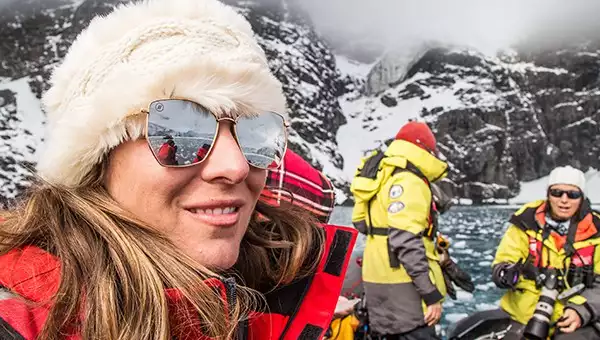
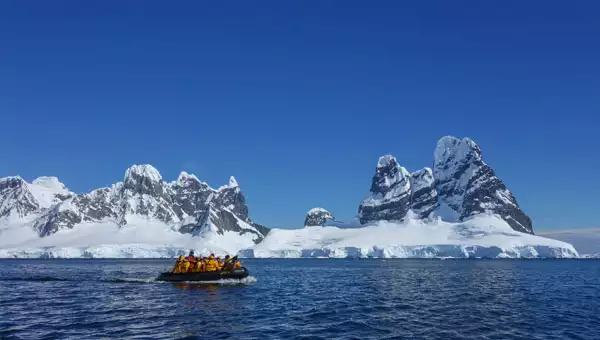
Timely South Pole Cruise Info
Find up to date information on the current, upcoming or future Antarctica seasons. Read about Antarctica 2024 for the latest updates, check availability or plan ahead to Antarctica 2025. We have the most up-to-date Antarctica travel requirements to inform your planning.
“Smaller is better on Antarctic cruises.”
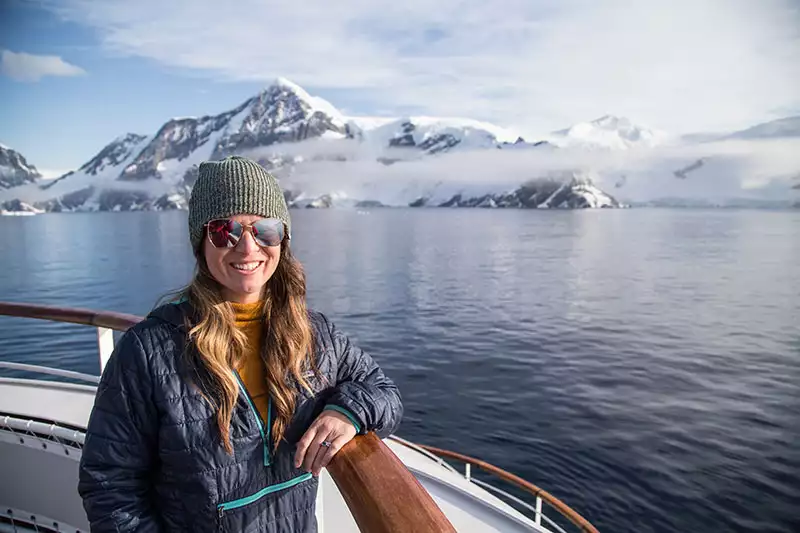
PICTURE YOURSELF HERE
Our experts have been.
We’ll get you there.
